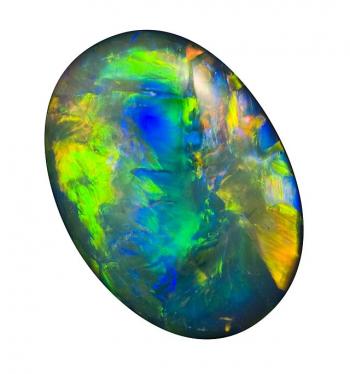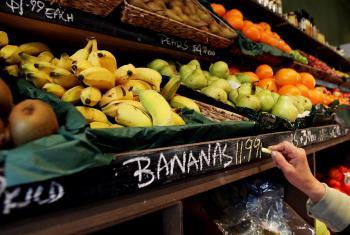If you celebrate a birthday this month, why not drop a subtle hint to a loved one to spoil you with a sentimental something – your birthstone!
October is the month of the exquisite opal – a truly unique stone displaying all the colours of the spectrum, like a rainbow captured in stone. It is one of six of the world’s most precious gemstones, along with diamonds, rubies, sapphires, emeralds and pearls.
Australia is the world’s leader in opal supply, producing approximately 95 per cent of the world’s “precious opal”, which is the type that gives a wonderful visual of colour. Common opal is found all over the world, but has no play of colour and therefore no value. Precious opal can be found in smaller quantities in other parts of the world, including Brazil and Mexico. Australian opal is easily distinguished by its brilliant display of colour and is known internationally to be the finest quality opal.
So what makes opals so captivating? Opal is composed of silica (a rigid gel form) and water. The wonderfully unique thing about opal is that when light is diffracted through the microscopic silica spheres in the structure of the opal, the colour will move and change depending on the angle the opal is viewed, creating a kaleidoscope of colour and beauty
There are four main groups of opal – light opal, crystal opal, black opal and boulder opal, all with a different composition to create diverse colouring as the names suggest. All four types are used to make jewellery, including pendants for necklaces, earrings and rings.






